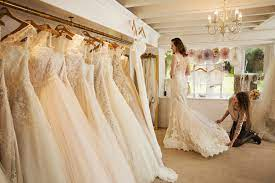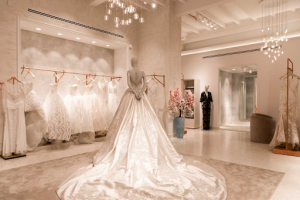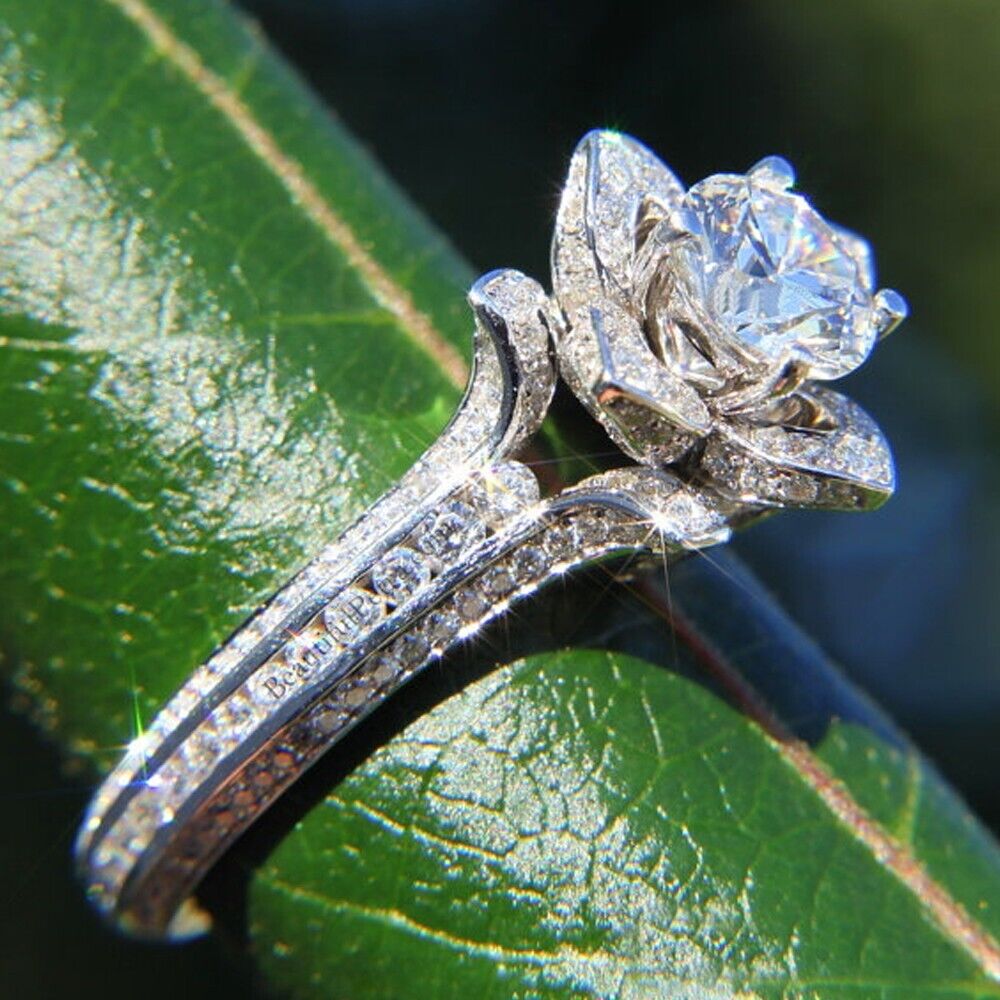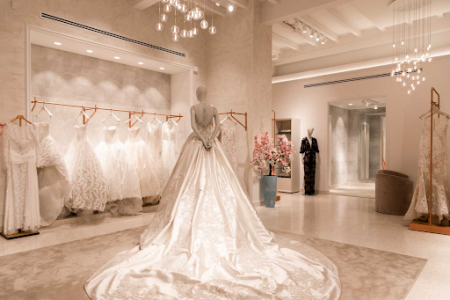The British royal family in the 1800s was known for its luxurious taste, especially in the realm of jewelry, where the royals set trends in gemstone choices. Gemstones symbolized not only wealth but also the deeply personal sentiments of those wearing them. The royal family’s taste in engagement rings gained worldwide attention, and, even today, people seeking engagement rings UK often draw inspiration from the legacy of these illustrious styles. Royals of the Victorian and Edwardian eras chose gemstones with meanings, brilliance, and, often, rarity to adorn their jewelry, setting enduring trends.
During the 19th century, diamonds gained significant popularity, particularly following Queen Victoria’s marriage to Prince Albert. Albert gifted Victoria a sapphire brooch shortly before their wedding, and this, alongside the diamond and sapphire-studded pieces he gifted her over the years, helped cement both gemstones as royal favorites. While diamonds symbolize purity and eternity, sapphires were chosen for their association with loyalty, wisdom, and nobility. This combination made them particularly appealing in both romantic and ceremonial jewelry.
Among the precious stones of the time, the emerald also enjoyed significant favor. British royals embraced the emerald for its deep green hue and its representation of growth, fertility, and hope. Queen Victoria was known to wear emerald-studded pieces frequently, including a famous emerald diadem that was later reproduced by some jewelry houses. The emerald’s vibrant color, paired with its symbolic meaning, captured the British royals’ ideal of an optimistic and flourishing reign. For engagements, emeralds were sometimes preferred for their alternative yet opulent appeal, adding a unique statement to the betrothal jewelry.
Rubies, too, had their place in royal collections. Known for symbolizing passion, protection, and courage, rubies were prized for their intense red color and timeless allure. Royals incorporated rubies into both casual and formal pieces, often pairing them with diamonds or sapphires to create a striking contrast. The regal appeal of rubies was particularly evident in Victorian and Edwardian times when red gemstones were admired for their boldness and their reflection of strength and leadership. Rubies appeared in rings, brooches, and crowns, capturing attention and adding sophistication to royal ensembles.
The pearl was also a favorite in the British royal family during the 1800s. Though not a gemstone in the strict sense, pearls symbolized purity, grace, and longevity, resonating well with the royal image. Queen Victoria herself frequently wore pearls, and they were often passed down through generations as heirloom pieces. These pearls were usually natural rather than cultivated, making them exceptionally valuable at the time. Often mixed with diamonds, pearls became emblematic of royalty and were worn both in jewelry and even sewn onto gowns and accessories for special occasions.
Opals also entered the spotlight briefly in the 19th century, as their captivating play of color enchanted many. However, they were considered both beautiful and mysterious, and their popularity fluctuated due to superstitions regarding their “unlucky” reputation. Queen Victoria, who loved opals, helped the gemstone gain some popularity, although opals never quite achieved the same status as sapphires, emeralds, or rubies. Nevertheless, they appeared in select royal jewelry pieces as a symbol of love, hope, and creativity.
The 1800s established a rich tradition of gemstone choices in the British royal family, blending aesthetic beauty with symbolic meaning. Today, these choices continue to inspire those seeking engagement rings in the UK and beyond. Royals of this period preferred gems that resonated with personal and historical significance, thereby creating iconic jewelry styles that continue to inspire modern jewelry trends. Whether through the loyalty and wisdom signified by sapphires or the passionate allure of rubies, the gemstone choices of British royals remain a source of fascination and influence in the jewelry world.






